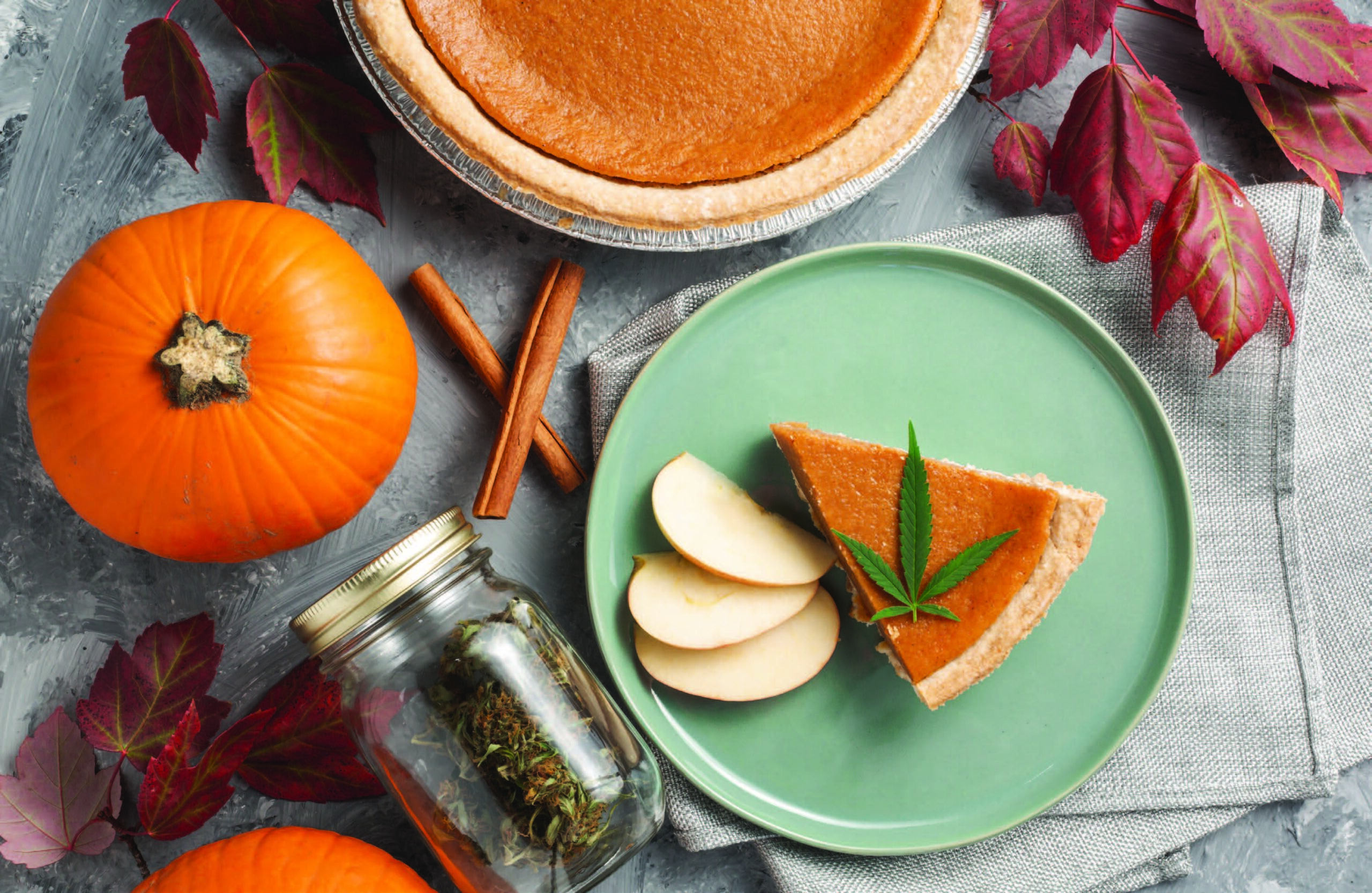When I suggested that we plant pea shoots in our garden this year, my husband was shocked. “But you hate peas!” he exclaimed. It’s true: I do hate peas. I’ll eat the occasional spring pea, with their snappy texture that pops with fresh flavor as you bite into it. But, I won’t go out of my way to get them, and peas the rest of the year can f@%$ right off. There’s absolutely nothing appetizing about starchy old peas that have lingered in this world too long, resigned to the sad fate of life in the freezer. Honestly, what could be worse than digging into a comforting bowl of shepherd’s pie and finding mushy, godforsaken frozen peas? Ugh, and that smell? Thank you, but I’ll take a hard pass.
And yet, I wanted to plant pea shoots. I had them at a friend’s farm in April and was blown away. They taste just like peas, but without that troublesome texture issue. I took one bite and couldn’t contain my excitement. We feasted all week, noshing on them straight out of the bin, turning them into pesto and pea oil, and tossing a handful of shoots into everything from our breakfast scrambles to our dinner salads. Those tiny leaves with their delicate tendrils were absolutely bursting with pea flavor, and when they were gone I got a little depressed. I’ve never seen pea shoots in the grocery store, and I didn’t want to wait an entire year to enjoy these tender greens again.
So, I went down a mini-rabbit hole and submerged myself in all things pea shoots. I found out that they’re most abundant in the spring because farmers plant them as a cover crop. Peas are cold-hearty and can withstand the long winter without withering and dying. Planted in the fall, they’ll establish roots that protect the soil while also feeding the ground with nitrogen (which is super important for organic farmers because it helps summer crops establish root systems and promote healthy shoot growth). For years, farmers simply tilled the pea shoots into the ground or fed them to the pigs. Recently, many have discovered that their CSA members are interested in these sweet, slightly grassy-flavored leaves that quickly transform into full-on pea flavor as you chew. Not only that, but they’re also nutrient-dense, filled with vitamins A and C, along with antioxidants and folic acid.
During my research, I discovered one incredible fact: These shoots might be THE most forgiving crop on the planet. They can grow in large garden plots, but they also do well indoors in tiny trays. Since they produce their own nitrogen, they don’t require any fertilizer at all – just a quick watering each day to keep the soil moist. You’ll find success growing them outside in full or partial sun, or they’ll thrive inside next to a sunny window. Pea shoots not only tolerate cold weather, but they can also withstand Durango’s extreme June heat. All in all, I’m pretty sure they’ll grow whether you have a green thumb or a black thumb, so what do you have to lose?
Here’s the deal: Find yourself a packet of field peas or shoot seeds. I’ve heard rumors that you can buy dried peas at the grocery store and they’ll work, but I bought my seeds from Johnny Seed and was pretty happy with the results. Soak them for 8- to 24-hours to help them germinate while you get your growing area ready. If you’re an indoor gardener, you can buy an open-style tray with drainage slots (or, repurpose an old fruit tray from the farmers market by poking a bunch of holes in the bottom). Fill it up with compost or indoor potting soil and sprinkle the drained, soaked seeds on top of the soil. Since you’re not actually growing peas, you don’t need much space in between each seed – maybe 1/4-inch at the most. Gently push them into the soil until they’re just covered, and water the mix until it’s moist to the touch. That’s it.
Water them every day, and three to four weeks later, your pea shoots will be a foot tall and ready to harvest. Take a pair of scissors and give your shoots a haircut, cutting them off about an inch above the soil. Then, eat them whole – the young stems are sweet and tender enough to eat, so very little prep is involved. Sometimes I’ll chop them into three pieces to make them easier to work with, but if I’m making pesto, they just get washed and tossed into the food processor. They’re an excellent addition to almost any dish, adding a burst of fresh flavor to every bite. Try adding them to leafy green salads or tossing them into pasta dishes, curries, or rice bowls. The possibilities are endless with the incredible, edible pea shoot, so what are you waiting for?
Lindsay D. Mattison is a professional chef and food writer living in Durango. She enjoys long walks in the woods, the simplicity of New York-style cheese pizza, and she’s completely addicted to Chapstick. Contact her at [email protected].












